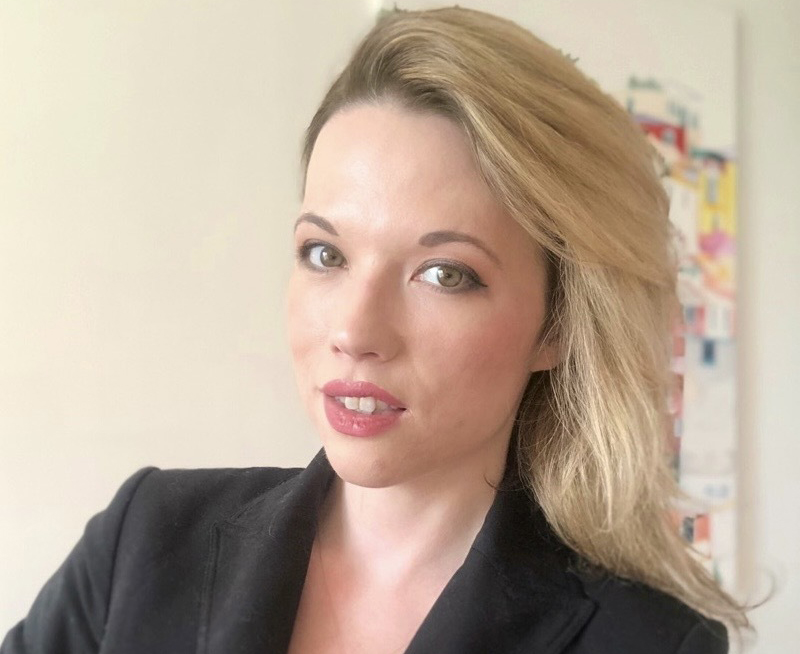Summer School with Live Science: Capillary action

On July 9, we explored the science of capillary action in our new kids video series: Summer School with Live Science.
In this week's installment, Live Science producer, Diana Whitcroft, will demonstrate how trees are able to absorb water from their roots up! Using simple household ingredients like paper towels, cups and food coloring, she will demonstrate how cohesion, adhesion and surface tension work to make water essentially defy gravity.
Every Friday at 3 p.m. EDT (12 p.m. PDT), Diana will host Summer School With Live Science, which you can find live on Live Science's Facebook, YouTube and Twitter pages. Every week, the series will explore a different field of STEM (science, technology, engineering and mathematics) through simple hands-on experiments that you and your child can follow along with at home.
Disclaimer: It is strongly advised that all science experiments, recipes and methods be attempted only under adult supervision. Adults are required to handle or assist with any potentially harmful utensils and ingredients. Always wash hands thoroughly after trying any experiment. Avoid touching your face and eyes when performing any experiments, and if possible, wear glasses or safety goggles.
Witness a capillary reaction
Age range: 6+ yrs
- 7 medium-size cups or glasses
- Red, yellow and blue food coloring
- 6 paper towels
Step one: Fill your cups
Align your glasses or cups in a straight line on your workstation, barely an inch apart. If you’d like, label each 1 through 7 in numerical order. Fill your odd-numbered glasses, (1, 3, 5, 7) three-quarters the way up with water. Fill your even-numbered glasses, (2, 4, 6) up to only an inch to an inch-and-a-half of water.
Step two: Color your water
ONLY add food coloring to your odd-numbered cups, (the ones holding more water). Start with cup number 1 by adding up to 10 drops of the red. Add 15 drops of yellow to cup number 3, (yellow is a more difficult color to bleed, so more is required). Add up to 10 drops of blue to cup number 5. Now, add up to 10 drops of red once again but to cup 7. Allow a moment for the dye to fully dissolve.
Sign up for the Live Science daily newsletter now
Get the world’s most fascinating discoveries delivered straight to your inbox.
Step three: Place your paper towels
Fold your paper towels, one-by-one, lengthwise into thirds and crease the middle so that they form a V-shape. Submerge the end tips of you first paper towel in cups 1 and 2. The paper towel should hold and stay standing in each glass. Repeat this step with your other paper towels with the rest of the cups so that they are all essentially connected. *It doesn’t matter if the towels are touching or not, just so long as they’re able to absorb the water.
Step four: Wait
Wait anywhere from 12-24 hours. You’ll find that your paper towels and cups of water display a strikingly colorful rainbow. This gorgeous display is capillary action in ... action!
What is capillary action?
Capillary action is the movement of water within a solid, but porous, material due to the forces of adhesion, cohesion and surface tension.
Water molecules like to cling to each other. This is the cohesion force at work. Adhesion is the H2O’s attraction to other surfaces, (in a plant’s case, its cellulose walls of its Xylem tissue). Adhesion of water to these cellulose vessels causes an upward force on the liquid. The surface tension is what holds the water’s surface intact. Capillary action occurs when the adhesion to the walls is stronger than the cohesive forces between water molecules.
In this experiment, (and really anytime you clean up a spill), you’ll notice the paper towel swell the moment it touches liquid. You’ll also observe the water work its way up the paper, almost defying gravity. You are witnessing capillary action and it is around us everyday! Plants and trees wouldn’t survive without it. Even our ability to produce tears is dependent on this very important function.
Originally published on Live Science.

Diana Whitcroft joined Live Science and Space.com in the fall of 2017. After receiving a B.F.A in Directing & Producing for Film and Television, she worked as a video editor at CNBC in Englewood Cliffs, New Jersey. During her time in broadcast television, she created a role for herself as a "Science Preditor" in which she produced and edited content specific to the business aspect of the private sector space industry. Searching for a deeper role within the science journalism sector, Diana came to Space.com and Live Science as a Social Media Producer, handling multimedia content for all social pages. She is a hardcore trekkie, comic nerd, environmentalist, video-gamer and all-around space geek.









